
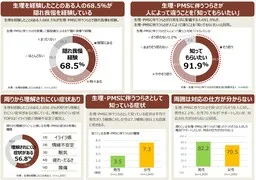
Understanding Menstrual Discomfort: Insights from a Survey of 3,000 Individuals
Understanding Menstrual Discomfort: Insights from a Survey of 3,000 Individuals
In a recent survey conducted by Tsumaura Corporation, involving 3,000 participants ranging from their 20s to 60s, the vast differences in individuals’ experiences of menstrual pain and premenstrual syndrome (PMS) were revealed. This important research, part of their ongoing "#OneMoreChoice Project," emphasizes the need for societal understanding and support regarding menstruation.
Key Findings
The survey highlighted that nearly 68.5% of respondents who have experienced menstruation reported hidden suffering—the act of enduring physical discomfort while maintaining daily activities. Approximately 91.9% of individuals suffering from menstrual pain indicated a strong desire for others to recognize the differences in pain levels from person to person.
Different Experiences of Suffering
Dr. Kanako Inaba, a specialist in obstetrics and gynecology, commented on the findings by explaining that menstrual discomfort encompasses a variety of physical and mental symptoms. Some individuals, even among women, experience a profound lack of understanding that comes from the significant variations in symptoms. This individuality necessitates an open dialogue about personal experiences. According to Dr. Inaba: “We need to adopt a mindset that acknowledges these differences when discussing and listening to experiences related to menstrual pain.”
The Hidden Struggles
Further insights from the survey revealed that approximately 56.8% of participants felt that certain symptoms of PMS and menstruation are often misunderstood by those around them. For example:
- - 41.3% reported irritability as a common symptom.
- - 39.3% stated they suffer from abdominal pain.
- - Other notable symptoms included fatigue and emotional instability.
Age Impact: 20s to 60s
Across all age groups surveyed, there is a general consensus indicating lack of support and understanding from their peers. Around 80% of men reported that while they wish to offer help, they often do not know how to go about it. Similarly, 70% of women echoed this sentiment.
Communication Barriers
A serious concern noted by majority respondents was the difficulties in communicating their needs and symptoms to those around them. Of the respondents who reported that PMS significantly impacts their daily lives, 72.0% described their struggles as something they find hard to express to others. This leads to a considerable strain not only on personal relationships but also in professional environments.
The Hidden Impact on Communication
This communication barrier results in approximately 61.4% of individuals feeling that menstrual pain affects their interactions with close family members or colleagues. Unfortunately, enduring silence about discomfort only exacerbates feelings of isolation and misunderstanding.
The Importance of Understanding and Support
In light of these findings, it’s vital for both men and women to engage in conversations about such issues without stigmatization. The survey affirmed much of what practitioners like Dr. Inaba have been advocating: that public awareness and education regarding menstrual experiences should be encouraged. This means providing updated training in workplaces and educational institutions that focus on awareness and support for those suffering from PMS or menstrual pain.
Moving Towards Supportive Societies
The survey concludes with a call for action—encouraging community dialogues about menstrual health, and promoting the notion that it is not just acceptable but necessary for individuals to speak up about their experiences without shame. This can foster a supportive environment and encourage those suffering to seek help without fear of judgment.
Dr. Inaba emphasized the importance of compassion and understanding in fostering supportive interactions around menstrual health. “It’s not merely about managing symptoms; it’s about creating an environment where individuals don’t feel they have to suffer in silence.”
Conclusion
As society moves forward, understanding menstrual pain and PMS must become a priority, creating an environment that values open discussions around these personal experiences. By taking steps to humanize and normalize the conversation around menstruation, we equip ourselves to be better friends, partners, and colleagues to those who struggle silently with these challenges.
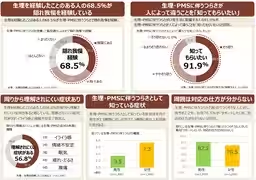
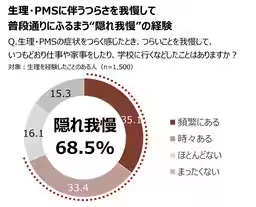
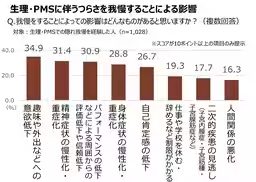
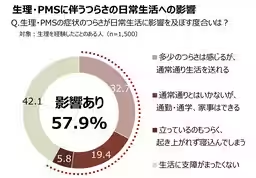
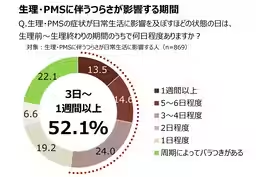
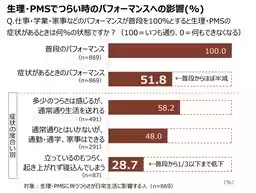
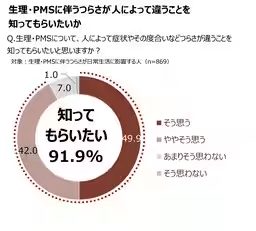
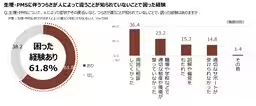
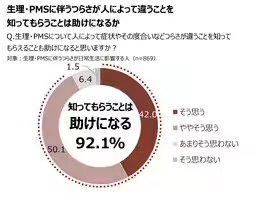
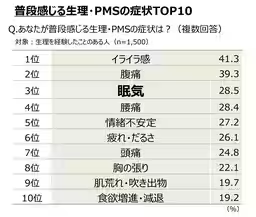
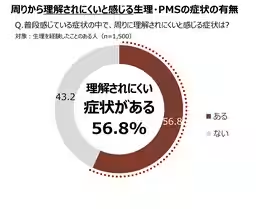

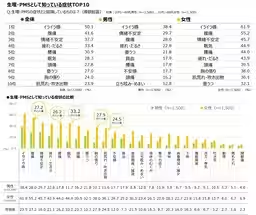
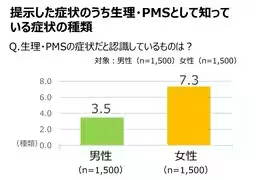
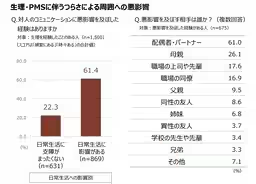
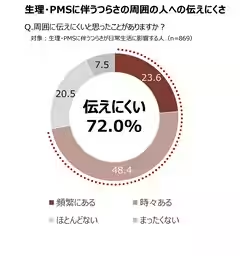
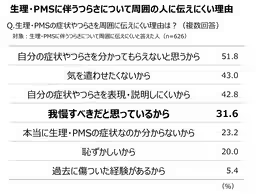

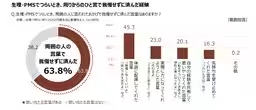
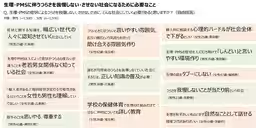
Topics Health)










【About Using Articles】
You can freely use the title and article content by linking to the page where the article is posted.
※ Images cannot be used.
【About Links】
Links are free to use.